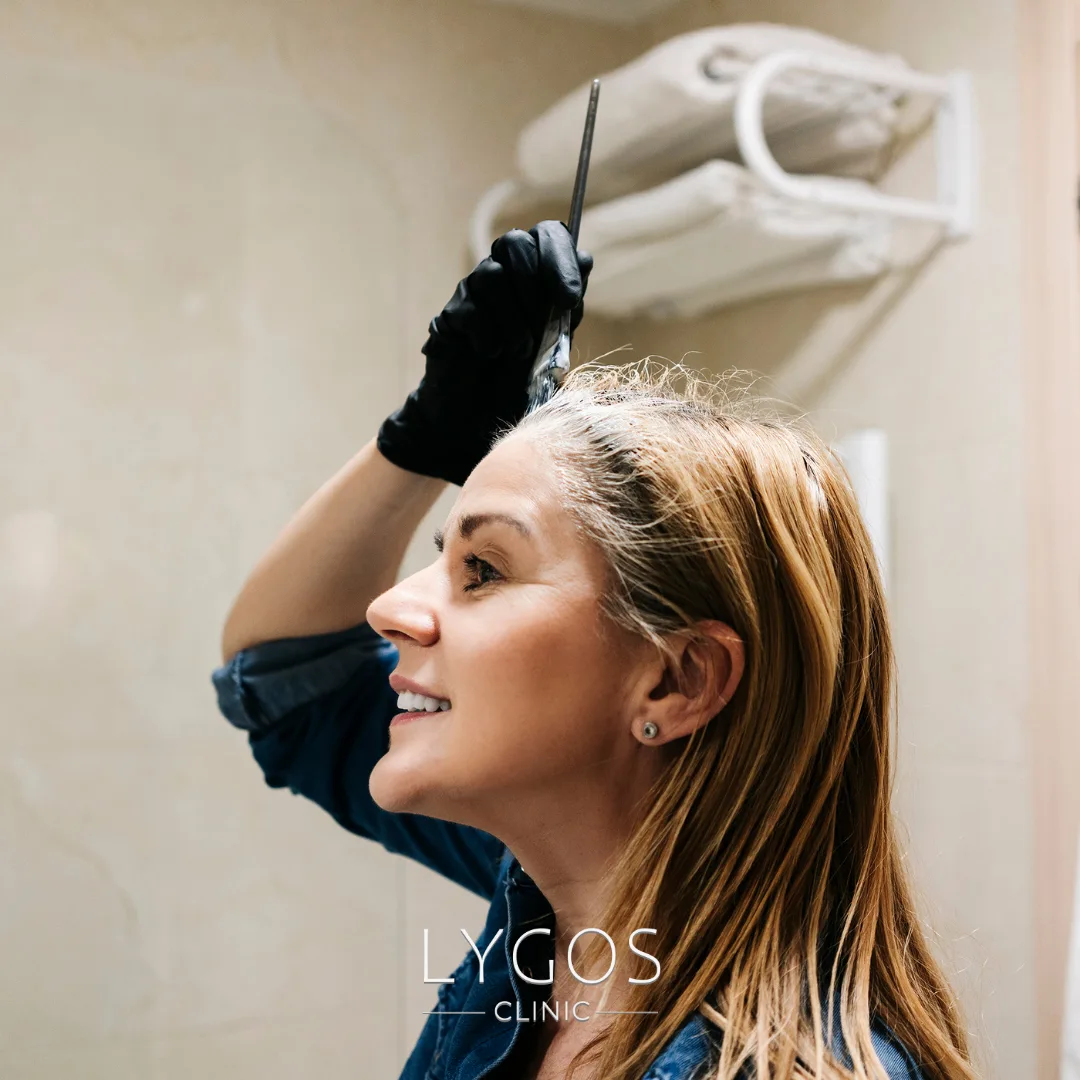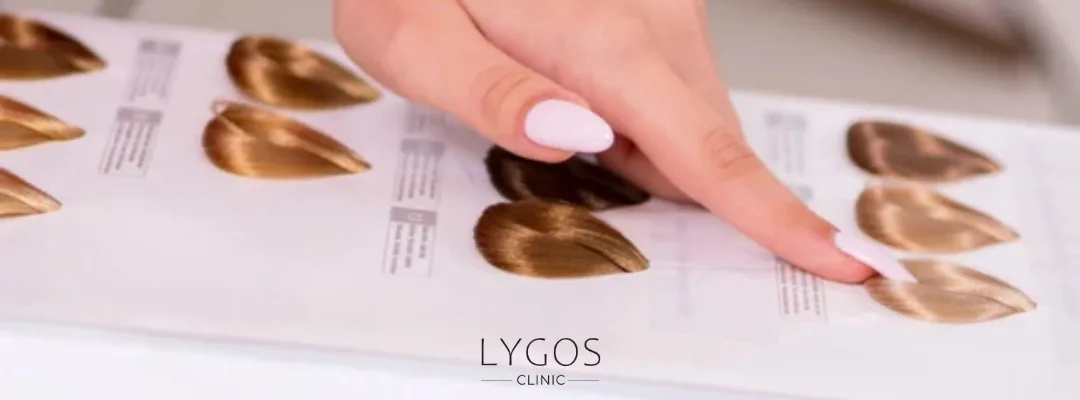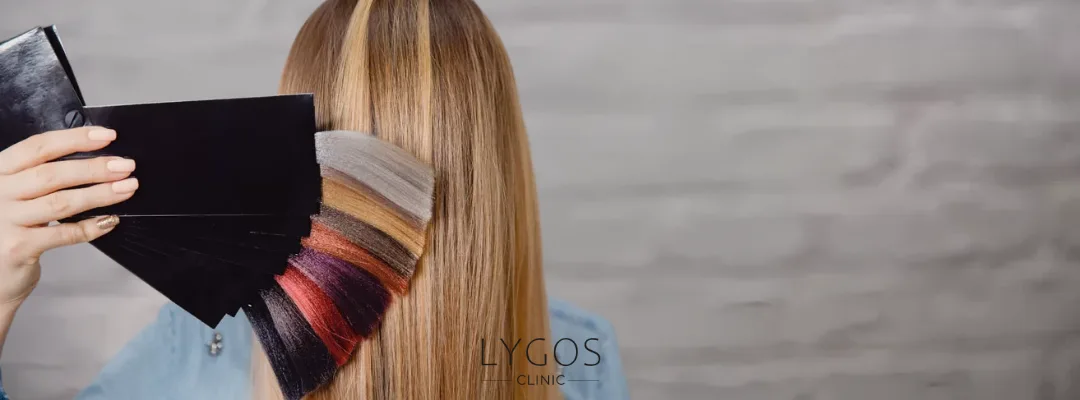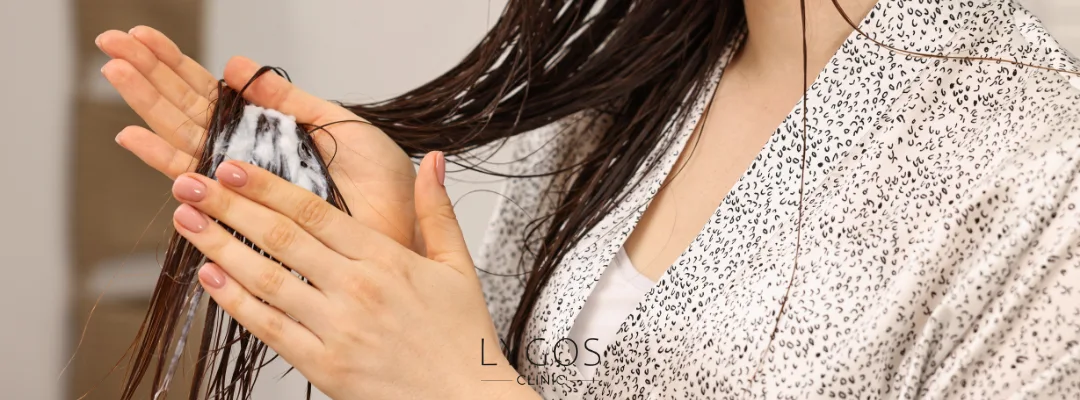Common Mistakes When Dyeing Hair at Home

Chose Your Topic
Common Mistakes When Dyeing Hair at Home
In recent years, rising salon costs and busy lifestyles have led many people to turn to home hair dyeing. Although coloring your hair at home can be a convenient solution, without the right knowledge, the results can be disappointing. The most common mistakes made when dyeing hair at home can damage hair health and cause uneven, dull, or damaged color results.
In this article, we will detail what to pay attention to common mistakes when dyeing your hair at home, which mistakes to avoid, and the steps to follow for a healthy color outcome.
Common Mistakes When Dyeing Hair at Home
One of the most common mistakes when dyeing hair at home is starting the process without carefully reading the instructions on the box. Many people think, “I already know how to do this,” and skip the directions. However, each brand has a different formula, mixing ratio, and processing time.
Another common mistake is applying dye to hair that is either too dirty or too clean. An overly clean scalp can become irritated due to the chemicals in the dye, while very dirty hair prevents even color distribution. Ideally, the hair should be washed a day before dyeing to maintain its natural oil balance.
Not wearing gloves is also among the most frequent mistakes. Failing to use gloves can cause staining on the skin and unwanted chemical contact. Although it seems minor, this mistake can lead to both health and hygiene issues.

Mistakes When Choosing Hair Color
Choosing the right color is one of the most critical steps in the dyeing process. Among the common mistakes when dyeing hair at home is choosing a shade that does not suit your skin tone. Not every color suits every complexion; for example, cool ash tones can make warm skin tones look pale, while copper shades can create too much contrast on cool-toned skin.
Another common error is relying on the model’s hair color on the box. The final result depends on your natural hair color, porosity, and dye history. Expecting the same result as the box picture is unrealistic. Attempting drastic color changes at home—such as going from black to platinum blonde—is also a common and serious mistake. Such transformations require professional expertise.
Attempting them at home can cause hair breakage, burning, or unwanted orange tones. It’s best to use toners and intermediate shades gradually for safe color transitions.
Preparing Before Dyeing Hair
Preparation is just as important as the dyeing process itself. Most common mistakes stem from a lack of preparation. If the ends of your hair are dry or damaged, the dye will not distribute evenly.
Applying a moisturizing hair mask a day before coloring helps protect the strands and achieve a more even tone.
To protect the skin, apply a layer of petroleum jelly or thick cream around the hairline. This small but important step prevents staining, especially with lighter hair dyes.
Failing to do an allergy test is another common mistake. Allergic reactions can cause itching, burning, or redness. To test, apply a small amount of the dye mixture to the inside of your wrist 24 hours before coloring.
Starting the dyeing process without the necessary tools is also a mistake. Items like gloves, a comb, a mixing bowl, an old shirt, a dye brush, and hair clips should be prepared in advance. Searching for tools during the process can interrupt the timing and lead to uneven results.

Choosing the Right Dye for Your Hair Type
Everyone’s hair type is different, and not all dyes react the same way on every type of hair. A common mistake is using a dye unsuitable for your hair type.
For dry or damaged hair, ammonia-free and nourishing dyes should be chosen, as high-chemical formulas can further weaken the hair. For oily hair, heavy formulas can cause greasiness more quickly.
Fine hair absorbs light colors faster, so leaving the dye on too long can cause damage. Thick hair, however, requires more processing time for pigment absorption. Ignoring these differences can lead to uneven results.
It’s also important to remember that natural or herbal dyes aren’t always risk-free. Some plant-based dyes can react with chemical dyes and produce unexpected shades. Always consider your hair type and dye history before choosing a product.
How to Prevent Skin Stains When Dyeing Hair at Home
Hair dye stains are especially noticeable on fair skin. Neglecting skin protection is one of the most frequent mistakes. Before applying dye, coat the hairline, ears, and neck with a thick layer of cream or petroleum jelly to prevent dye from penetrating the skin.
If dye does get on the skin, avoid scrubbing it off. Instead, gently wipe with a damp cotton pad and a small amount of makeup remover. Scrubbing can cause irritation and redness.
Some people try to remove stains with alcohol or lemon juice, which is a serious mistake. These substances can burn and irritate the skin. Instead, use special dye-removing solutions or baby oil for safe cleaning.

Common Post-Dye Hair Care Mistakes
Aftercare is crucial for maintaining both color longevity and hair health. One of the biggest mistakes after dyeing is washing the hair immediately. Hair should not be washed for at least 48 hours to allow the pigments to set fully.
Washing hair with hot water also causes the color to fade faster. Use lukewarm or cool water instead. Applying a hair mask immediately after dyeing is another error—masks can pull pigment from the hair. Wait 2–3 days before applying any treatments.
Washing hair too often can also fade the color quickly. Washing 2–3 times a week is ideal. Using sulfate-free shampoos helps the color stay vibrant longer.
Frequent use of heat tools such as blow dryers, straighteners, or curling irons weakens the hair and shortens color lifespan. Whenever possible, let your hair air-dry or use heat protectant sprays. Color-protecting serums and oil-based treatments can help maintain moisture and shine.
Most common mistakes when dyeing hair at home stem from rushing or lack of knowledge. With proper preparation, the right dye choice, and careful application, professional-looking results can be achieved even at home.
Avoiding these mistakes saves time, effort, and hair health—leading to shiny, vibrant, and healthy hair.
Common Mistakes When Dyeing Hair at Home Frequently Asked Questions (FAQ)
The most common mistakes include skipping the instructions, choosing the wrong color, not performing an allergy test, neglecting skin protection, and improper aftercare. These can cause uneven color and damage to the hair.
If the right products aren’t used or the hair type isn’t considered, at-home dyeing can damage the hair. High-ammonia dyes can strip moisture from the strands. However, ammonia-free and nourishing formulas can deliver beautiful results without harm.
One of the common mistakes is washing at the wrong time. You shouldn’t wash your hair right before dyeing. The ideal time is one day before, allowing the scalp’s natural oils to protect it and helping the dye adhere better.
Clean stains immediately with baby oil, makeup remover, or a special dye-removing solution. Avoid harsh substances like alcohol or lemon juice, which can irritate the skin. The best prevention is applying a protective cream before starting.


